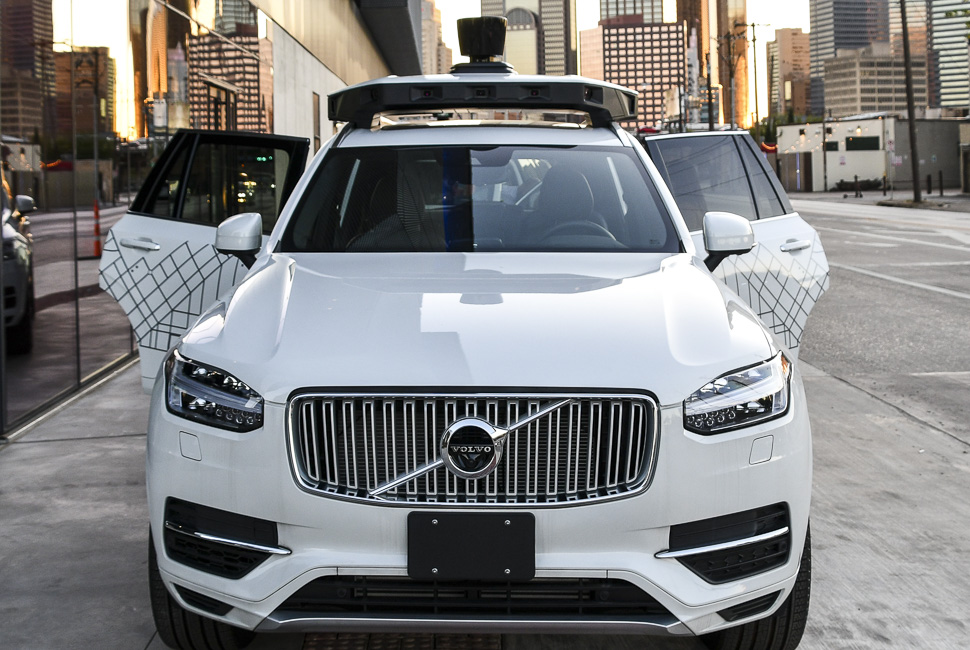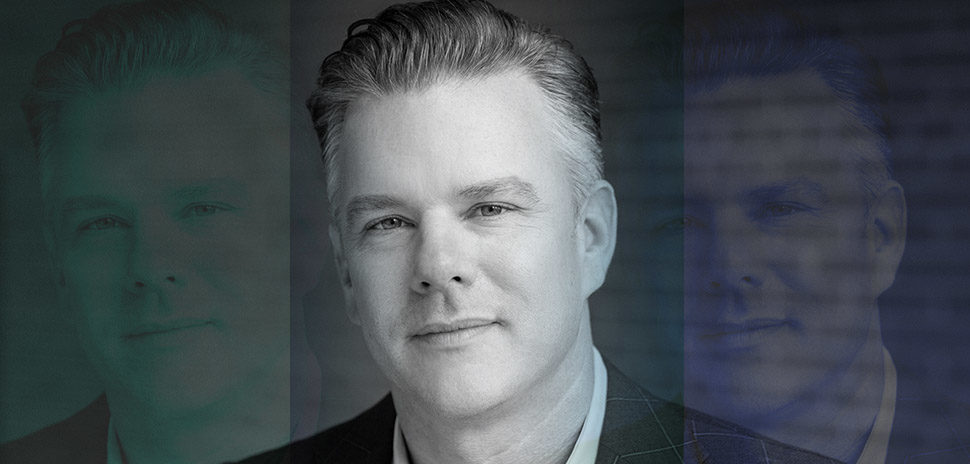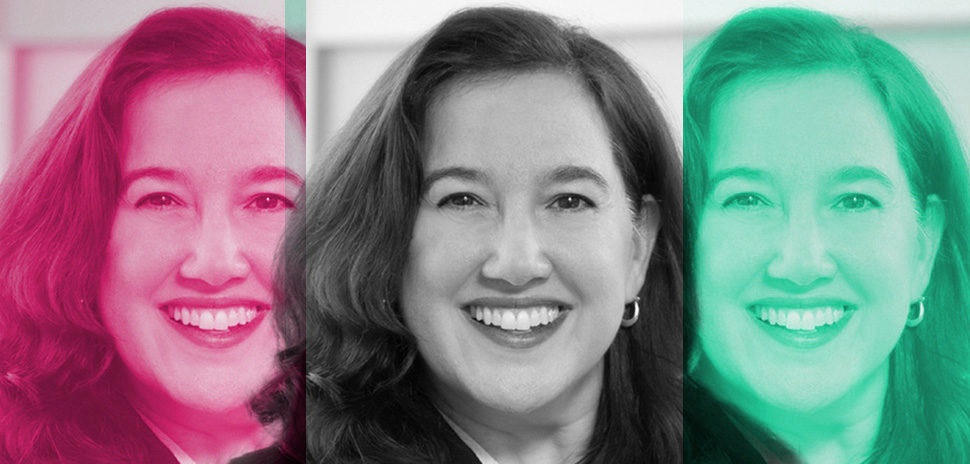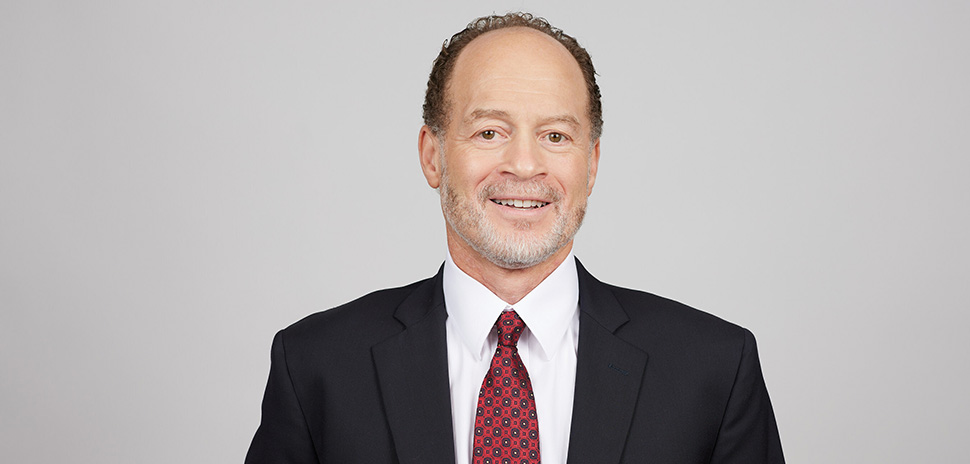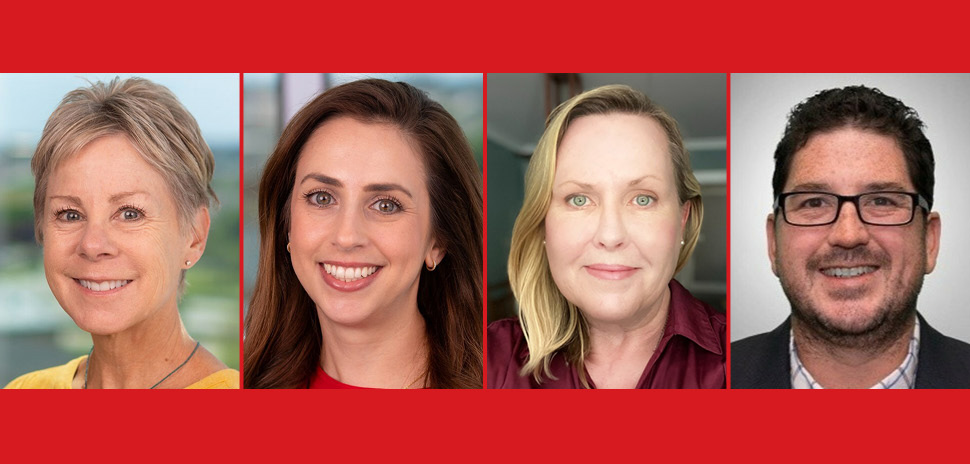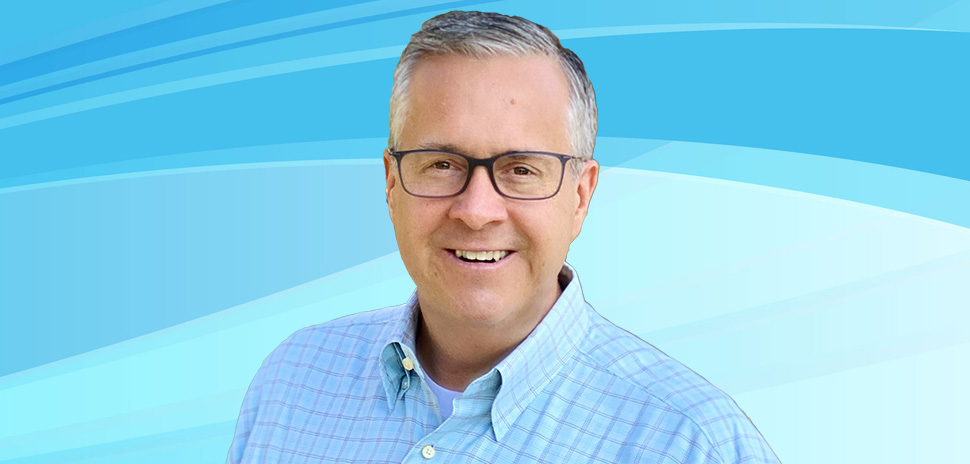From air taxis to scooters to food delivery on-demand (and much more), nearly all of Uber’s tech is either already in Dallas-Fort Worth or is in the works. Self-driving vehicles mark the latest for the ridesharing giant to arrive.
“We’re excited to be coming home to Dallas,” Trevor Theunissen, Uber’s director of Public Policy and Communications, said at a town hall meeting on the tech this week. “Dallas was the first city that we ever launched operations in Texas back in 2012. And, since then, we’ve launched every single Uber product there is. I think it’s the only city in the world where we have every single Uber product offering.”
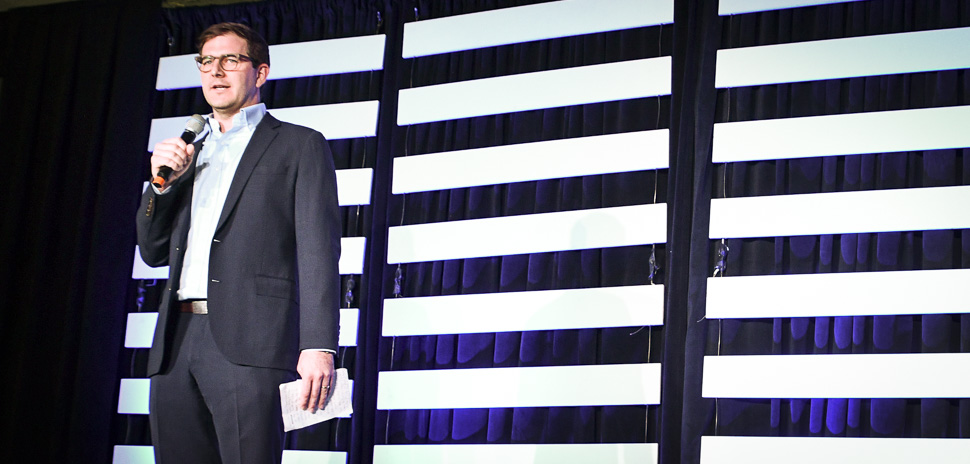
Trevor Theunissen, Uber’s director of Public Policy and Communications [Photo: Maddie Preston]
So why is Uber concerned with self-driving vehicles (SDVs)? It comes down to SDVs being better, safer, and cheaper, according to Eric Meyhofer, Uber’s Advanced Technologies Group CEO. Meyhofer led the meeting on Oct. 8 to discuss the newest local venture.
“When you combine these three, and you get this flywheel of better, safer, and cheaper, you unlock all kinds of new things,” Meyhofer said at the event. “We change where you may live or how you may utilize the vehicle. Potentially new emerging markets could come from this, it’s a very exciting time where we are to have this opportunity in front of us.”
Although two of Uber’s SDVs will technically be on Dallas roads next month, they won’t actually be driving by themselves for a couple of years at the earliest. And, even then, they’ll most likely only be available in a reasonably small part of the city.
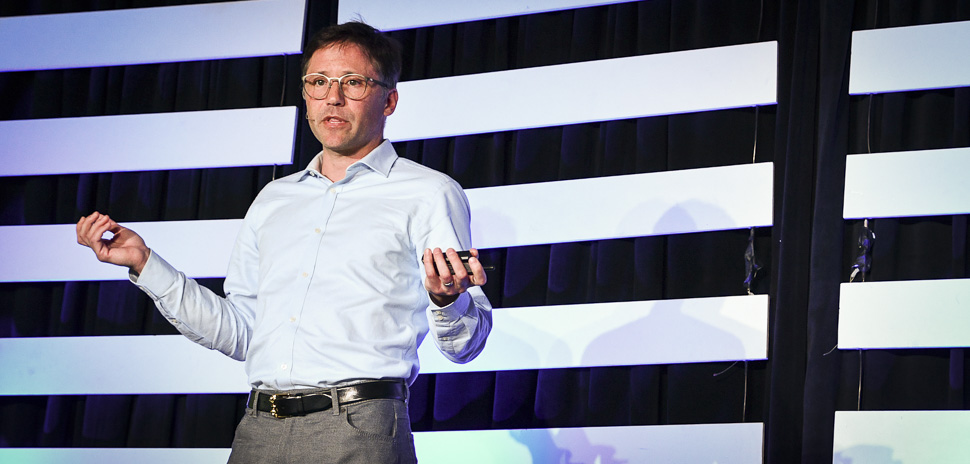
Eric Meyhofer, Uber’s Advanced Technologies Group CEO [Maddie Preston]
“It’s not an event where you wake up one day, and it’s The Jetsons and everything’s flying and driving itself,” Meyhofer says.
Next January marks Uber’s fifth year of self-driving. Dallas is expected to join Pittsburgh, San Francisco, and Toronto, which are all cities that already have Uber’s SDVs in place with safety drivers on board.
How Uber’s self-driving tech works
Uber’s SDVs hold five different types of software: sensors, perception, prediction, motion planning, and controls. Combined, the software’s data creates high-definition maps that are geometrically accurate, according to Meyhofer.
And that’s just the foundational technology—the SDVs will each go through “Crawl,” “Walk,” and “Run” phases to reach Uber’s ultimate goal of having completely self-driving cars on the road.
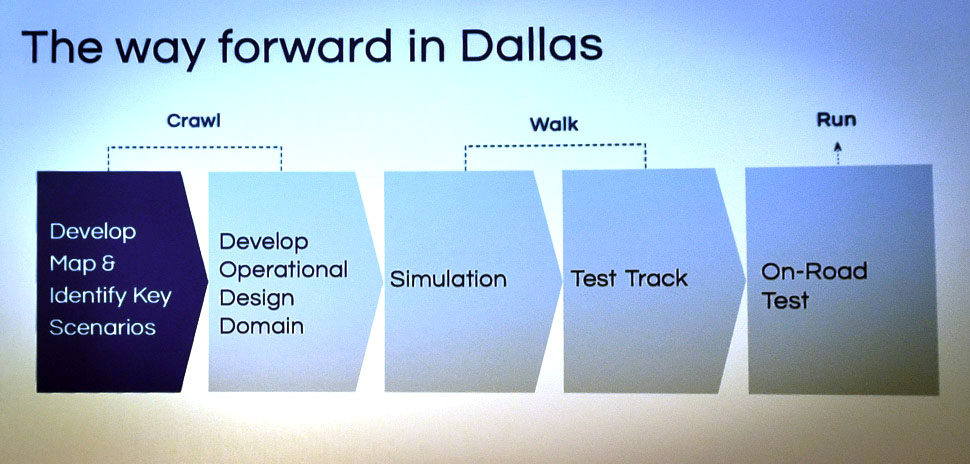
Uber’s five phases for SDVs in Dallas. [Image: Courtesy Maddie Preston]
November marks the first “Crawl” stage of map development and key scenario identification. During that time, two SDVs will be deployed in Dallas, but will be manually controlled by Uber’s trained drivers. The drivers are expected to drive on specific routes multiple times around a small area of Dallas to build a high-definition map.
After that, the SDVs will go through a “Develop Operational Design Domain” phase, when Uber will use the map built from the previous stage to create a full-size simulation at its 54-acre test track in Pittsburgh.
“We built a city in a city and we can reconfigure it to match other cities and test the attributes of those scenes,” Meyhofer says.
The “Walk” phase then begins, which includes the simulation and test track.
If the SDVs don’t pass one of the stages, they don’t reach the next phase of “Run.” The final stage is when Uber plans to begin conducting self-driving on-road tests in Dallas.
Since a fatal accident happened in Arizona last year caused by one of Uber’s SDVs, Meyhofer says the company has upped its safety regulations more than ever before. Due to the tragic event, Uber has put strict guidelines on its SDV on-road tests.
Although the vehicle drives itself during these tests, there will still be two trained Uber drivers in the driver’s and passenger’s seats. The SDVs are only able to drive during daylight hours, in good weather, and in zones that go up to 25 miles per hour.
Town hall audience members had plenty of questions for Mayhofer on a variety of topics concerning Uber’s SDVs, and the main focus was on safety. Although Meyhofer offered solutions, he admitted Uber doesn’t have all of the answers just yet.
“Some of these concerns that you have, we’re going to have to solve,” Meyhofer told one audience member.
In August, Uber announced it was headed to Dallas, bringing with it at least 3,000 new jobs. By the end of 2019, Uber plans to have 400 jobs based at The Epic in Deep Ellum.
![]()
Get on the list.
Dallas Innovates, every day.
Sign up to keep your eye on what’s new and next in Dallas-Fort Worth, every day.










